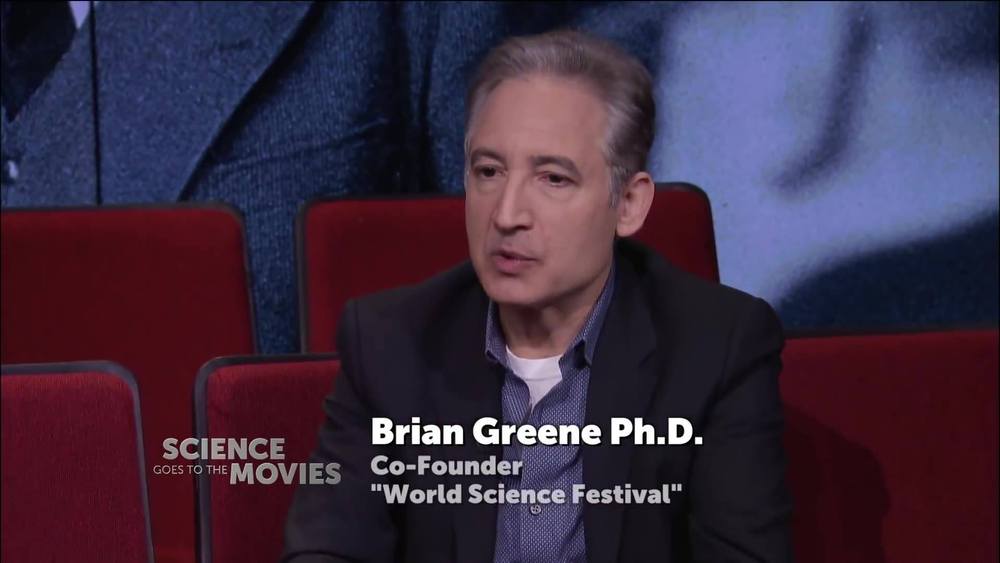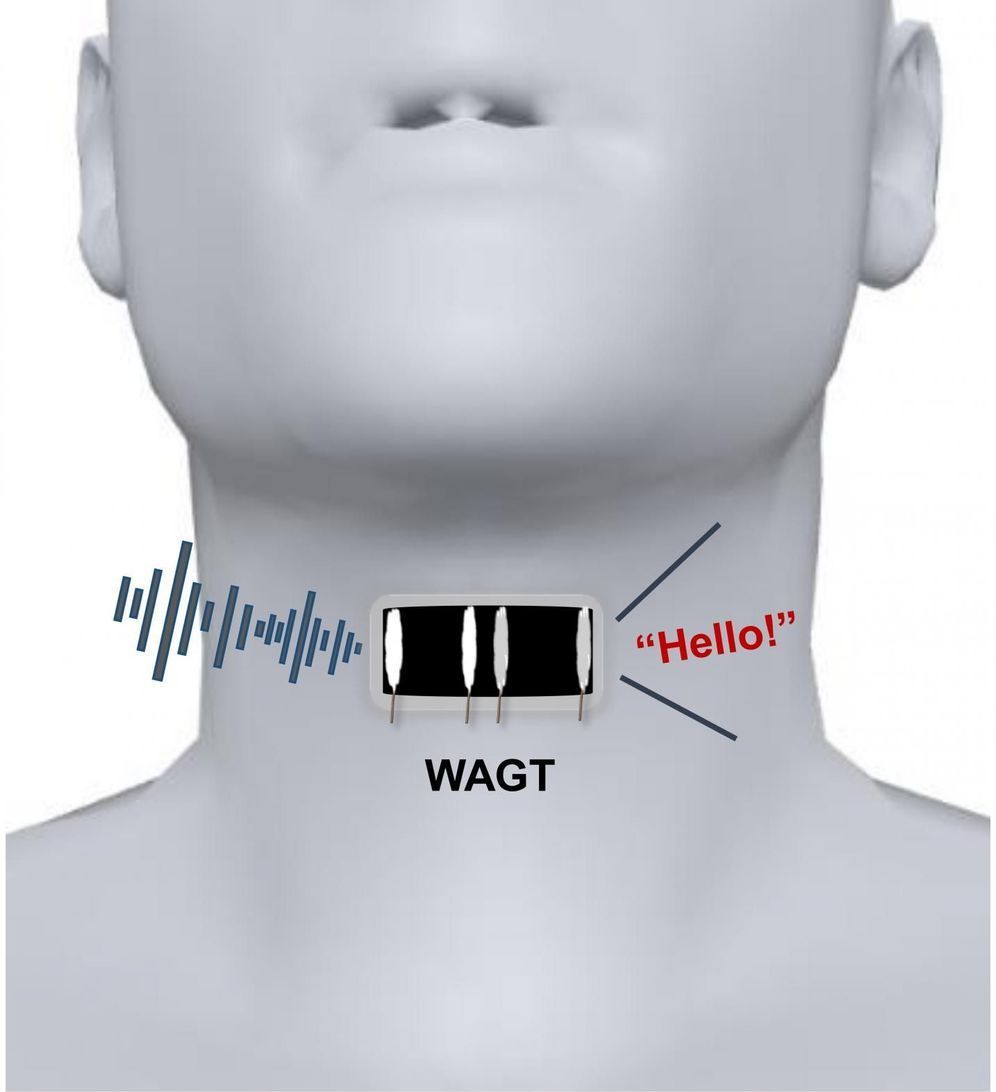Page 8876
Aug 18, 2019
AI Is About to Completely Change the Face of Entertainment
Posted by Omuterema Akhahenda in categories: entertainment, robotics/AI, virtual reality
Twenty years ago, entertainment was dominated by a handful of producers and monolithic broadcasters, a near-impossible market to break into.
And now, over 50 years later, AI is bringing stories to life like we’ve never seen before.
Converging with the rise of virtual reality and colossal virtual worlds, AI has begun to create vastly detailed renderings of dead stars, generate complex supporting characters with intricate story arcs, and even bring your favorite stars—whether Marlon Brando or Amy Winehouse—back to the big screen and into a built environment.
Continue reading “AI Is About to Completely Change the Face of Entertainment” »
Aug 17, 2019
Future of Physics
Posted by Paul Battista in categories: neuroscience, physics, time travel
Aug 17, 2019
Whole Brain Emulation: A Giant Step for Neuroscience
Posted by Paul Battista in category: neuroscience
Machine interfaces today can link up brains to play tetris together. Like it’s not hard enough to find a place for the L-shaped block without another cerebrum trying to overrule you.
Let’s go farther: What if we could create a digital replica of your brain and upload and download it like a piece of software?
This feat, aka whole brain emulation (WBE), is still decades, perhaps more than a century away. Outside of the pure science challenge, it could make us confront some of the most daunting questions about what it means to be human, and where man ends and machine begins.
Aug 17, 2019
Gut Microbiota and Extreme Longevity
Posted by Paul Battista in categories: life extension, policy
Permitted For non-commercial purposes:
- Read, print & download
- Text & data mine
- Translate the article
Not Permitted
- Reuse portions or extracts from the article in other works
- Redistribute or republish the final article
- Sell or re-use for commercial purposes
Elsevier’s open access license policy.
Aug 17, 2019
There could be up to 10 billion warm and cozy Earth-like planets in our home galaxy, new research reveals
Posted by Paul Battista in category: space
Thanks to the Kepler telescope, scientists have enough data to estimate how many sun-like stars have Earth-like planets that could hold liquid water.
Aug 17, 2019
An iPhone App That Protects Your Privacy—For Real This Time
Posted by Omuterema Akhahenda in categories: economics, internet, mobile phones
The data economy has too often betrayed its customers, whether it’s Facebook sharing data you didn’t even realize it had, or invisible trackers that follow you around the web without your knowledge. But a new app launching in the iOS App Store today wants to help you take back some control—without making your life harder.
Aug 17, 2019
Physicists solve 2,000-year-old optical problem
Posted by Omuterema Akhahenda in categories: mathematics, physics, robotics/AI
A trio of physicists from the National Autonomous University of Mexico and Tec de Monterrey has solved a 2,000-year-old optical problem—the Wasserman-Wolf problem. In their paper published in the journal Applied Optics, Rafael González-Acuña, Héctor Chaparro-Romo, and Julio Gutiérrez-Vega outline the math involved in solving the puzzle, give some examples of possible applications, and describe the efficiency of the results when tested.
Over 2,000 years ago, Greek scientist Diocles recognized a problem with optical lenses—when looking through devices equipped with them, the edges appeared fuzzier than the center. In his writings, he proposed that the effect occurs because the lenses were spherical—light striking at an angle could not be focused because of differences in refraction. Isaac Newton was reportedly stumped in his efforts to solve the problem (which became known as spherical aberration), as was Gottfried Leibniz.
In 1949, Wasserman and Wolf devised an analytical means for describing the problem, and gave it an official name—the Wasserman-Wolf problem. They suggested that the best approach to solving the problem would be to use two aspheric adjacent surfaces to correct aberrations. Since that time, researchers and engineers have come up with a variety of ways to fix the problem in specific applications—most particularly cameras and telescopes. Most such efforts have involved creating aspherical lenses to counteract refraction problems. And while they have resulted in improvement, the solutions have generally been expensive and inadequate for some applications.
Aug 17, 2019
This Nigerian boy is only 9 years old and has already built over 30 mobile games
Posted by Omuterema Akhahenda in category: entertainment
Today, at just 9 years-old, Okpara, from Lagos, Nigeria, has built over 30 mobile games, according to a report by the CNN.
“You are always playing games; can’t you think about building your own games so others can play yours too?”
Those were the words of Basil Okpara Sr when he scolded his son, Basil Okpara Jr for spending too much time playing games.
Aug 17, 2019
Artificial throat could someday help mute people ‘speak’
Posted by Omuterema Akhahenda in categories: biotech/medical, wearables
Most people take speech for granted, but it’s actually a complex process that involves both motions of the mouth and vibrations of folded tissues, called vocal cords, within the throat. If the vocal cords sustain injuries or other lesions, a person can lose the ability to speak. Now, researchers reporting in ACS Nano have developed a wearable artificial throat that, when attached to the neck like a temporary tattoo, can transform throat movements into sounds.
Scientists have developed detectors that measure movements on human skin, such as pulse or heartbeat. However, the devices typically can’t convert these motions into sounds. Recently, He Tian, Yi Yang, Tian-Ling Ren and colleagues developed a prototype artificial throat with both capabilities, but because the device needed to be taped to the skin, it wasn’t comfortable enough to wear for long periods of time. So the researchers wanted to develop a thinner, skin-like artificial throat that would adhere to the neck like a temporary tattoo.
To make their artificial throat, the researchers laser-scribed graphene on a thin sheet of polyvinyl alcohol film. The flexible device measured 0.6 by 1.2 inches, or about double the size of a person’s thumbnail. The researchers used water to attach the film to the skin over a volunteer’s throat and connected it with electrodes to a small armband that contained a circuit board, microcomputer, power amplifier and decoder. When the volunteer noiselessly imitated the throat motions of speech, the instrument converted these movements into emitted sounds, such as the words “OK” and “No.” The researchers say that, in the future, mute people could be trained to generate signals with their throats that the device would translate into speech.

















